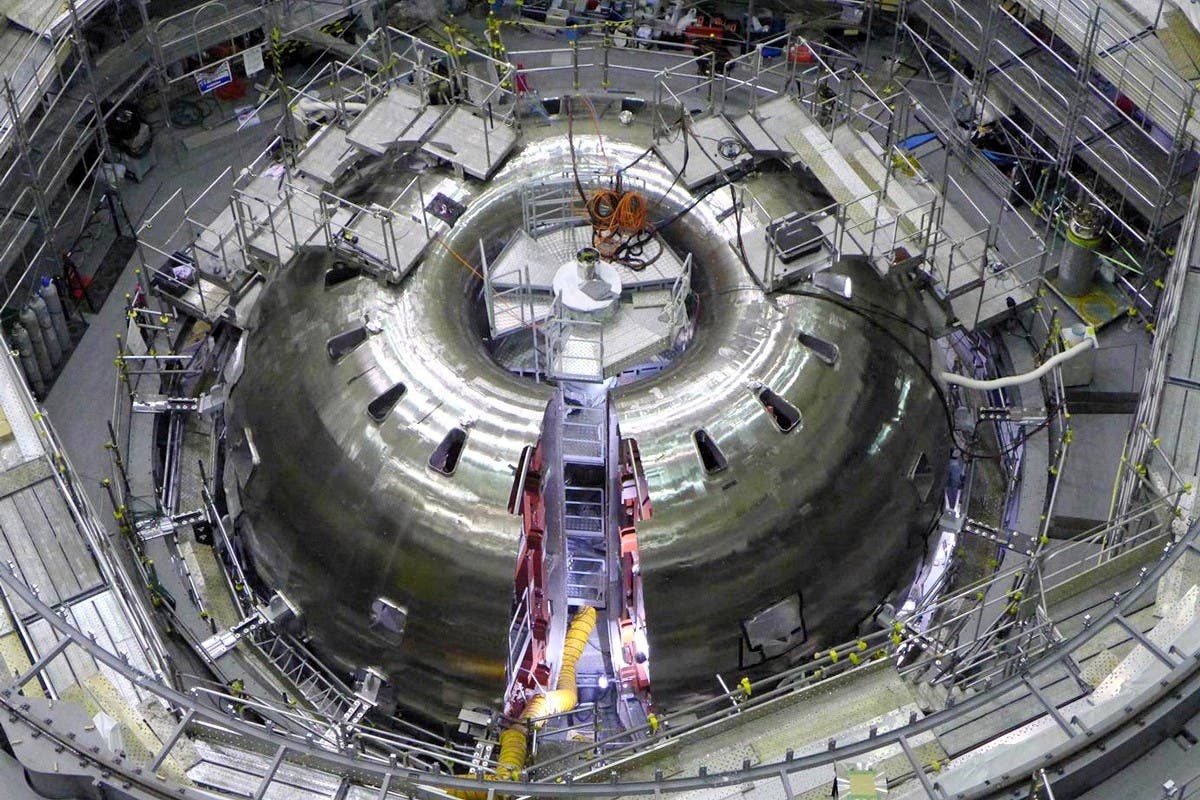The scientists used lasers to fuse two light atoms into a single one, releasing 3.15MJ (megajoules) of energy from 2.05MJ of input – roughly enough to boil a kettle.
Why do we even study this? Renewables are the only way. This is a waste of money which is a finite resource.



While this is exciting and there are many reasons to continue to research fusion, fighting climate change is very much not one of them. It has all of the real problems of fission, namely high cost, low scale, and difficult construction, but exacerbated to an extreme degree. If new fission projects struggle to get investor funding becuse of low profitability and difficult construction times dispite nearly a century of development, it is unlikely that a technology so complex and expensive that we don’t even had a plan for a power plant yet will do better.
We might have a fusion pathfinder plant by 2050 or 2060, we need to be off fossil fuel by 2030 to 2035. We might be able to built sufficient fission by then if we started now at scale, national average construction times tend to be between 5 to 10 years, but fusion is a tool that might at best replace the power plants we build today, not the coal and natural gas plants we built yesterday.
I bring this up not because I oppose funding fusion and pure science, but because any argument that calls it an answer to climate change is going to fall apart the second you consider any alternative on a cost or time basis.
Fission requires insanely costly wastes management. It is very dangerous and security is a huge costs-contributing factor. This is not the case with fusion, so costs might be lower despite complexity.
Fusion also produces most of the nuclear waste that a fission plant does thanks to undergoing the same nutron activation process, and while it lacks spent fuel rods, thouse are already infinitely recyclable, so the only real waste saveings would be in low grade waste like dust covered clean suits and such.
This also doesn’t help the case for Fusion very much given that even with these disposal costs ITER has costs four to six times any average fission plant for a donor reactor that has no generating capacity and which is mearly to prove that the physics work, something we did for fission with the Chicago pile in 1942 at an estimated inflation adjusted cost of 53 million dollars.
If it’s this expensive for a proof of concept, it is very unlikely that any full plant would be much cheaper. Compare it to things we can actually deploy at scale today like onshore wind or battery backed solar, and it is pretty clear that Fusion is an expensive but important science project, not a serious proposal to power the electrical grid.